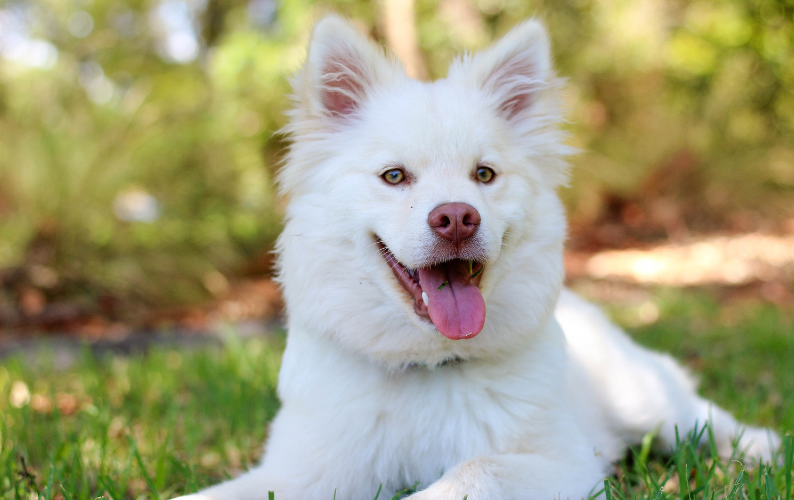Why do dogs get problems with their anal glands (anal sacs)?
Anal glands or sac problems are a very common issue facing modern dogs, affecting up to 12% of canines. (1)
Anal sacs, you can probably guess where they are, located on the right and left side of a dog’s anus. Each gland connects to a small tube that secretes or “empties” a very distinctive, foul-smelling fluid.
Issues with the anal sacs arise when this emptying process does not occur and the secretions build up in the sac, causing obvious discomfort to the dog.
There’s a common misconception that when you start to smell the fluid, there’s an issue, but what most people don’t realise is that fluid is often excreted as a display of territory and/or defence. That is the purpose of the glands, marking and communication. The scent is there for other dogs to smell and it’s not always the case that if you (a human) smell that horrible smell inside your house, that it’s due to a problem, rather your dog may be letting others know whose house it is.
However! There are some common signs that there is a problem, rather than your dog marking their territory.
You might see your dog scooting or dragging the rear end along the ground. There may be excessive licking or biting, often at the base of the tail rather than the anal area, and of course the smell.
The first step you need to take is addressing the causes of anal sac issues.
Causes of anal sac issues
- General loose stools (incorrect diet; too many processed foods, protein allergies/ intolerance, too many carbs etc.)
- Trauma, such as from pinching, squeezing, or unnecessarily manually expressing the glands (stop getting them manually expressed, never again!)
- Poor muscle tone (having a weak bum can be a cause).
- Obesity (too much food, too much stress on the gut).
A study on dogs with anal sac issues showed that one to three weeks prior to the diagnosis of anal sacculitis (with impaction), 75% (225/300) of the dog patients had mild, short- lasting (1-2 days) diarrhoea. (2)
In my opinion, the main causes when issues occur to the anal sacs is incorrect diet. On a general level, unnatural processed foods can cause problems to any/ all areas of the gastrointestinal tract, including the anal sacs. However, the most potent cause is more specific to the individual dog, food allergy/ intolerance. When dogs are being fed protein sources that they don’t digest well, causing irruption in the gut and softer stools, this reduces the natural emptying of the sacs and this leads to problems developing.
Your dog needs to be having regular hard/ firm stools to properly empty the sacs naturally. This must be a top priority if you want to prevent recurrence and potentially worse infections.
Solutions
Feed a healthy diet - (Ultimate Homemade Dog Food Handbook)
Deal with food sensitivities, allergies and intolerances (The Hypoallergenic Plan)
Add additional fibre
Add probiotics to your dog’s diet
Add prebiotics to your dog’s diet
Deal with food sensitivities, allergies and intolerances (The Hypoallergenic Plan)
Add additional fibre
Add probiotics to your dog’s diet
Add prebiotics to your dog’s diet
- Cam, The Dog Nutritionist.
References:
1 - Jung Y, Jeong E, Park S, Jeong J, Choi US, Kim MS, Kim N, Lee K. Diagnostic imaging features of normal anal sacs in dogs and cats. J Vet Sci. 2016 Sep 30;17(3):331-5. doi: 10.4142/jvs.2016.17.3.331. PMID: 26645338; PMCID: PMC5037300.
2 - Halnan CRE. The diagnosis of anal sacculitis in the dog. J Small Anim Pract 1976; 17: 527-535.

